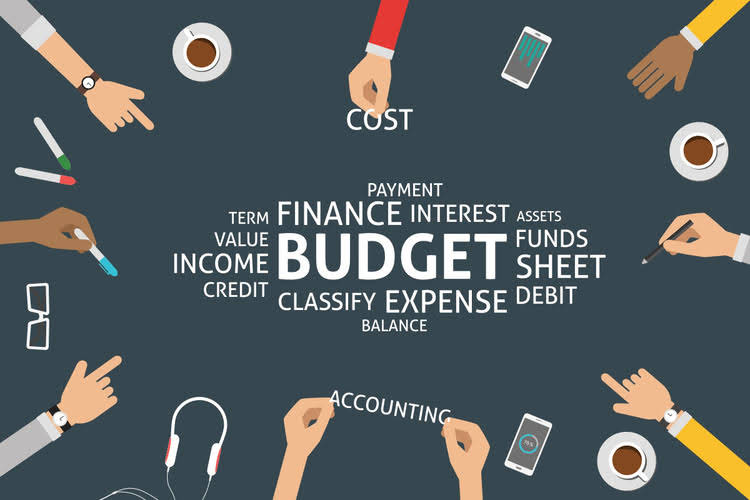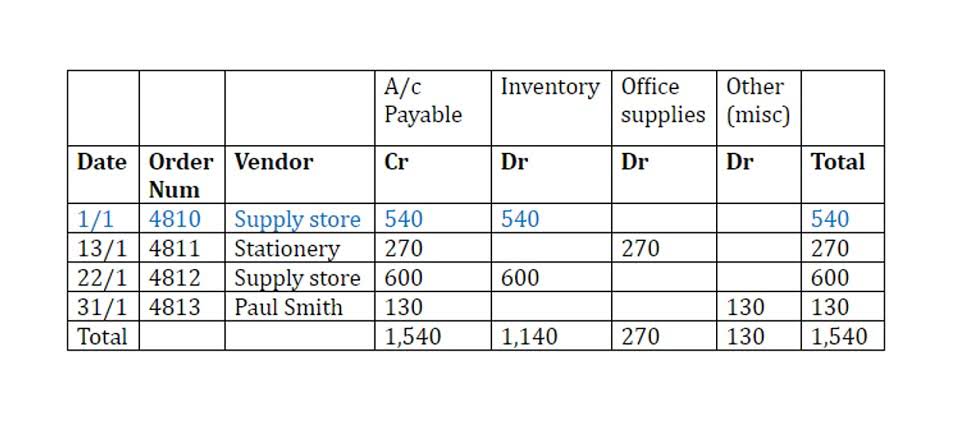
The management team uses that calculation to determine the discount rate, or hurdle rate, of the project. That is, they decide whether the project can deliver enough of a return to not only repay its costs but reward the company’s shareholders. Debt financing is more tax-efficient than equity financing since interest expenses are tax-deductible and dividends on common shares are paid with after-tax dollars. However, too much debt can result in dangerously high leverage levels, forcing the company to pay higher interest rates to offset the higher default risk. Many companies use a combination of debt and equity to finance business expansion. For such companies, the overall cost of capital is derived from the weighted average cost of all capital sources.

Our Companies

Larger, established companies often have access to lower borrowing rates because they are perceived as less risky compared to smaller businesses or startups. Additionally, the industry a company operates in can impact borrowing costs. For instance, businesses in highly volatile or cyclical industries, like technology or construction, may face higher interest rates than companies in stable industries such as CARES Act utilities. This tax break lowers the amount of interest debtholders pay, which lowers their cost of debt. To see if your tax savings will cover your interest expenses, you’ll use a different formula to calculate your cost of debt after taxes. Calculating your cost of debt will give you insight into how much you’re spending on debt financing.
- Debt financing and equity financing are two main methods that businesses use to raise capital.
- Thus, accurately calculating WACC is crucial for making informed investment decisions and ensuring that projects align with the company’s financial strategy.
- This spread of 0.75% reflects the extra yield investors require to compensate for Salesforce’s credit risk compared to a risk-free investment.
- In the context of WACC, the cost of equity is weighted alongside the cost of debt and other forms of capital to determine the overall cost of financing for a company.
- Some refinancing plans might seem beneficial initially but can ultimately result in greater costs due to hidden fees, penalties or varying interest rates.
- Thus, companies must weigh their desired levels of risk against potential rewards in terms of maximized value.
- As the company pays a 30% tax rate, it saves $1,500 in taxes by writing off its interest.
Calculate Before-Tax Cost of Debt

Thus, the DDM not only aids in evaluating stock value but also plays a significant role in strategic financial planning and investment analysis. Another common method for calculating the cost of equity is the Dividend Discount Model (DDM). This approach is particularly useful for companies that regularly pay dividends. It estimates the cost of equity by taking the expected annual dividends per share, dividing them by the current market price per share, and adding the growth rate of the dividends.

Cost of Debt Explained
To calculate the weighted average interest rate, divide your interest number by the total you owe. Federal Reserve, 43% of small businesses will seek external funding for their business at some point—most often some kind of debt. Knowing the after-tax cost of the debt you’re taking on is crucial when trying to stay profitable. Even though you’re paying your friend $100 in interest, because of the $40 in savings, really you’re only paying an additional $60. Interest payments are tax deductible, which means that every extra dollar you pay in interest actually lowers your taxable income by a dollar.
How to Apply the Tax Shield to Calculate the After-Tax Cost of Debt
But you don’t have to be a hedge fund manager or bank to calculate your company’s cost of debt. Businesses calculate their cost of debt to gain insight into how much of a burden their debts are putting on their business and whether or not it’s safe to take on any more. On the other hand, equity financing is a method where an organization sells ownership stakes in the company to investors in exchange for capital. Equity financing can be raised through the issuance of common shares, preferred stock, or warrants. Investors who purchase equity become partial owners of the firm, sharing in its profits through dividends and capital appreciation.

Exploring After Tax and Pre Tax Cost of Debt
- Higher ratings indicate lower risk for lenders, often leading to reduced interest rates.
- Accurate assessment of these values is crucial as they directly influence the WACC calculation.
- This is essential for financial decision-making, as WACC serves as a benchmark for evaluating investment opportunities.
- Conversely, when interest rates fall, the cost of borrowing decreases accordingly.
This integration allows businesses to evaluate investment opportunities and make informed financial decisions based on their overall cost of capital. The Weighted Average Cost of Capital (WACC) is a crucial financial metric used to assess a company’s cost of capital from various sources, including equity and debt. The formula for WACC combines the cost of equity, the cost of debt, and the Airbnb Accounting and Bookkeeping proportion of each component in the overall capital structure. This weighted approach allows businesses to understand the average rate they must pay to finance their operations.
- When neither the YTM nor the debt-rating approach works, the analyst can estimate a rating for the company.
- Typically the longer debt is financed, the more interest the business pays.
- The cost of debt involves a formula that factors the total expense a business incurs with debt.
- When a business borrows money, whether through bonds, loans, or lines of credit, it must pay interest to the lender.
- These characteristics affect the risk and return of the debt, and therefore the cost of debt.
- By incorporating the effective interest rate, businesses can better assess their financial obligations and investment opportunities.
The cost of equity doesn’t require any legal obligations for payment like debt does. But, the required rate of return on equity is usually higher than cost of debt, making it a more expensive source of finance. The cost of debt analysis assumes that the interest rate and the tax rate are constant and known. However, in reality, these rates can vary over time and across different sources of debt. For example, a company may have different interest rates for its short-term and long-term debt, or it may face different tax rates in different countries. These variations can affect the calculation of the cost of debt and cost of debt the optimal debt ratio.
The Five Theories of Financial Intermediation: A Comprehensive Guide
For example, if the market value of debt declines, it may lower the overall cost of capital, while a volatile stock market can lead to higher equity costs. As a result, companies must continuously monitor these variables to maintain an accurate WACC calculation that reflects current economic realities. When calculating WACC, the market value of equity is used alongside the market value of debt to determine the weighted proportions of each financing source.
